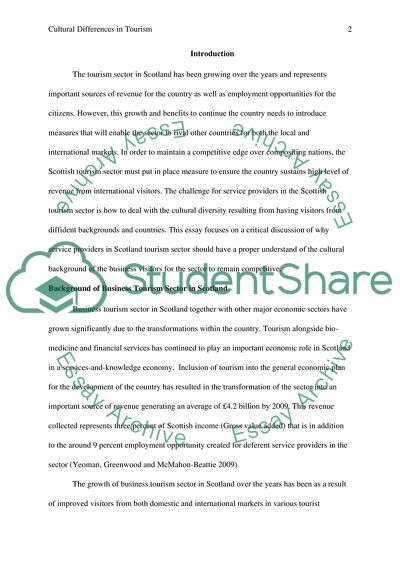Cite this document
(Cultural Differences in Tourism Coursework Example | Topics and Well Written Essays - 2000 words, n.d.)
Cultural Differences in Tourism Coursework Example | Topics and Well Written Essays - 2000 words. https://studentshare.org/tourism/1833957-cultural-differences
Cultural Differences in Tourism Coursework Example | Topics and Well Written Essays - 2000 words. https://studentshare.org/tourism/1833957-cultural-differences
(Cultural Differences in Tourism Coursework Example | Topics and Well Written Essays - 2000 Words)
Cultural Differences in Tourism Coursework Example | Topics and Well Written Essays - 2000 Words. https://studentshare.org/tourism/1833957-cultural-differences.
Cultural Differences in Tourism Coursework Example | Topics and Well Written Essays - 2000 Words. https://studentshare.org/tourism/1833957-cultural-differences.
“Cultural Differences in Tourism Coursework Example | Topics and Well Written Essays - 2000 Words”. https://studentshare.org/tourism/1833957-cultural-differences.


